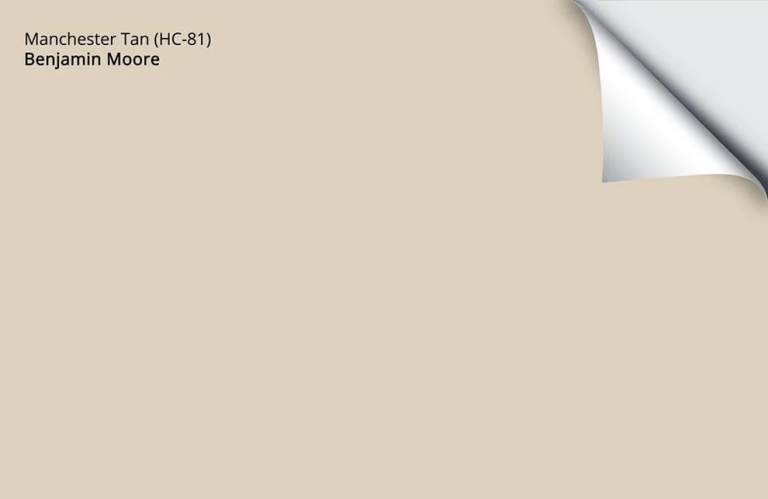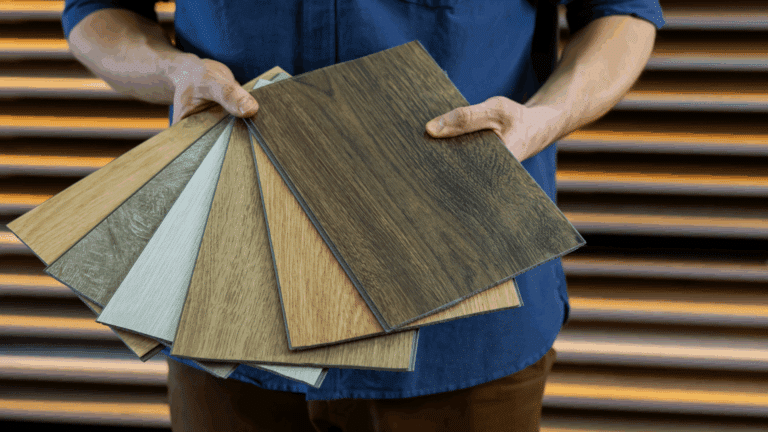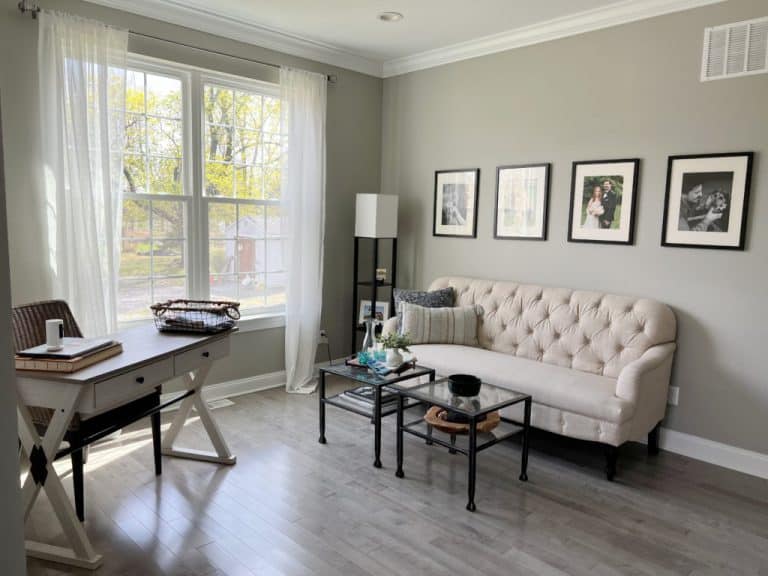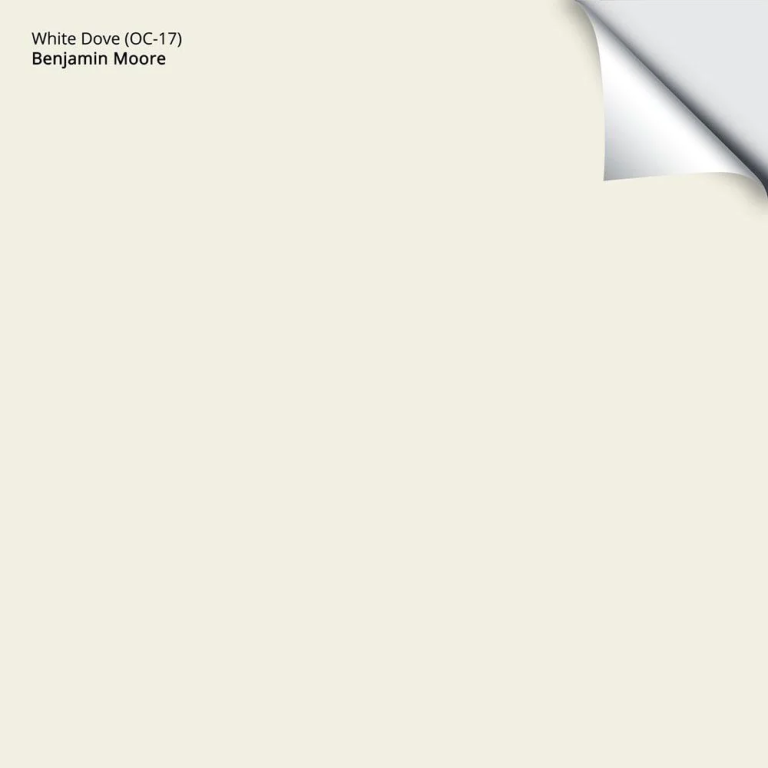The Timeless Appeal of Oxford White
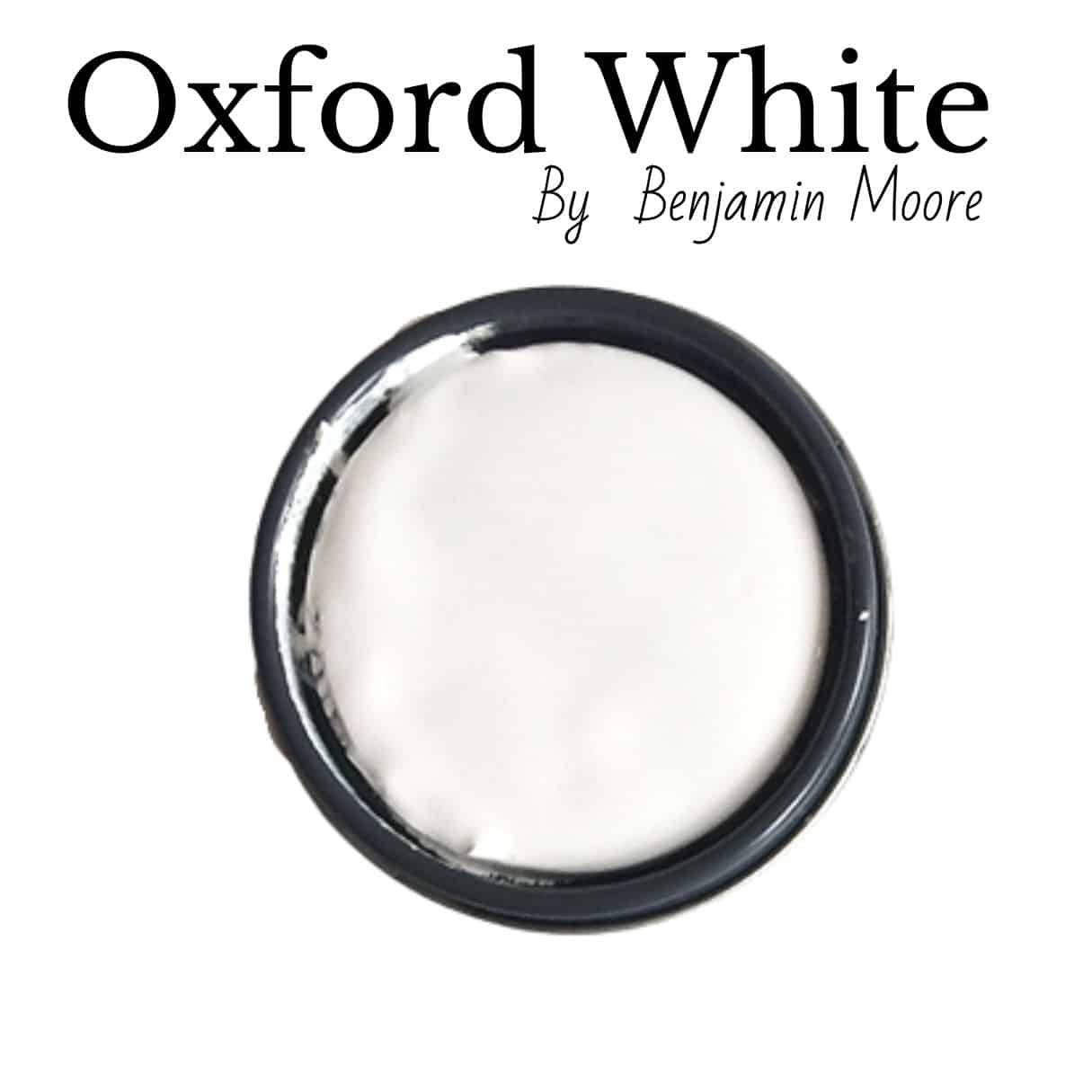
Oxford white combines timeless elegance with modern versatility, creating classic and contemporary spaces.
This pristine shade brings light into any room, making small spaces feel expansive and dark corners come alive.
Unlike harsh clinical whites, Oxford white carries subtle warmth that invites rather than intimidates.
This blog will explore how this versatile shade transforms spaces, the best complementary colors, and practical tips for incorporating Oxford white into your home without creating a sterile environment.
Understanding Oxford White CC-30
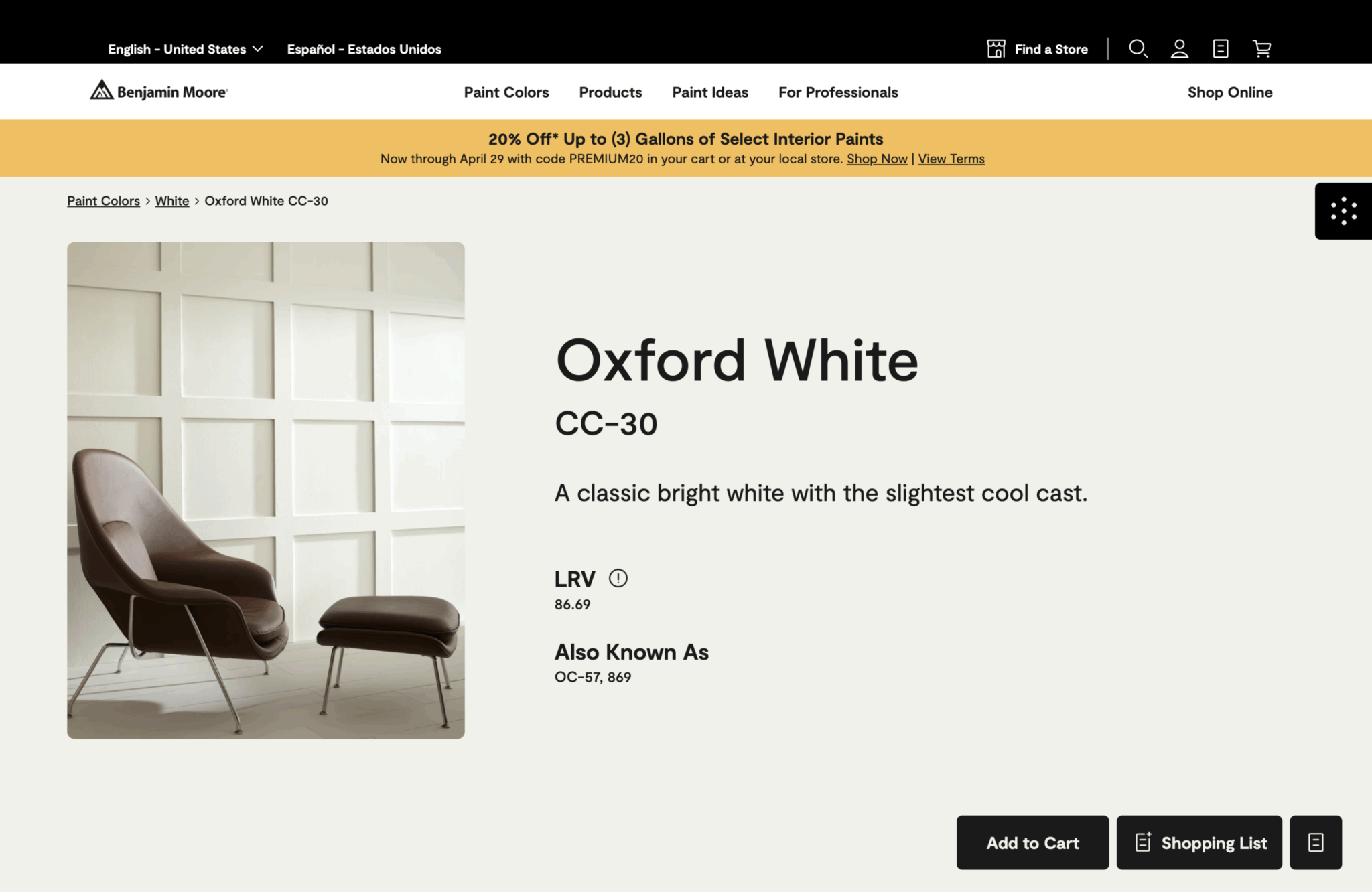
Oxford White is a premium shade of white paint known for its balanced undertones.
Unlike stark whites that can feel cold, Oxford White offers a soft warmth that works in various lighting conditions.
This versatile color sits between pure white and off-white, making it popular for both traditional and modern homes.
It creates a clean backdrop that makes furniture and decorative elements stand out.
The shade adapts to its surroundings, appearing brighter in sunny rooms and cozier in spaces with limited natural light.
Oxford White gets its name from its historical use in prestigious educational buildings, where it created an atmosphere of calm focus and timeless elegance.
Oxford White’s Undertones

Oxford White contains subtle undertones that give this versatile shade its distinctive character.
While appearing clean and bright at first glance, closer inspection reveals a complex blend of warm and cool notes that balance each other beautifully.
The paint carries faint hints of cream that prevent it from looking stark or clinical. Unlike many warm whites, it manages to avoid obvious yellow undertones, keeping it fresh and contemporary.
Professional designers appreciate Oxford White for its minimal gray undertones that add sophistication without feeling cold or industrial.
This subtle twist explains why the shade remains popular across different structural styles and design trends.
Light Reflectance Value of Oxford White (LRV)
Oxford White boasts an impressive Light Reflectance Value (LRV) that contributes significantly to its popularity among designers and homeowners.
With an LRV typically ranging between 82-85, this shade reflects a substantial amount of light back into the room, making spaces feel more open and airy.
Despite its high LRV, Oxford White maintains its subtle depth and doesn’t appear flat or one-dimensional like some brighter whites might.
Professional photographers and real estate agents prefer Oxford White for interior shoots because its optimal light reflectance creates flattering, well-lit spaces in photographs without causing the overexposure issues common with brighter whites.
Achieve Ideal Lighting for Oxford White
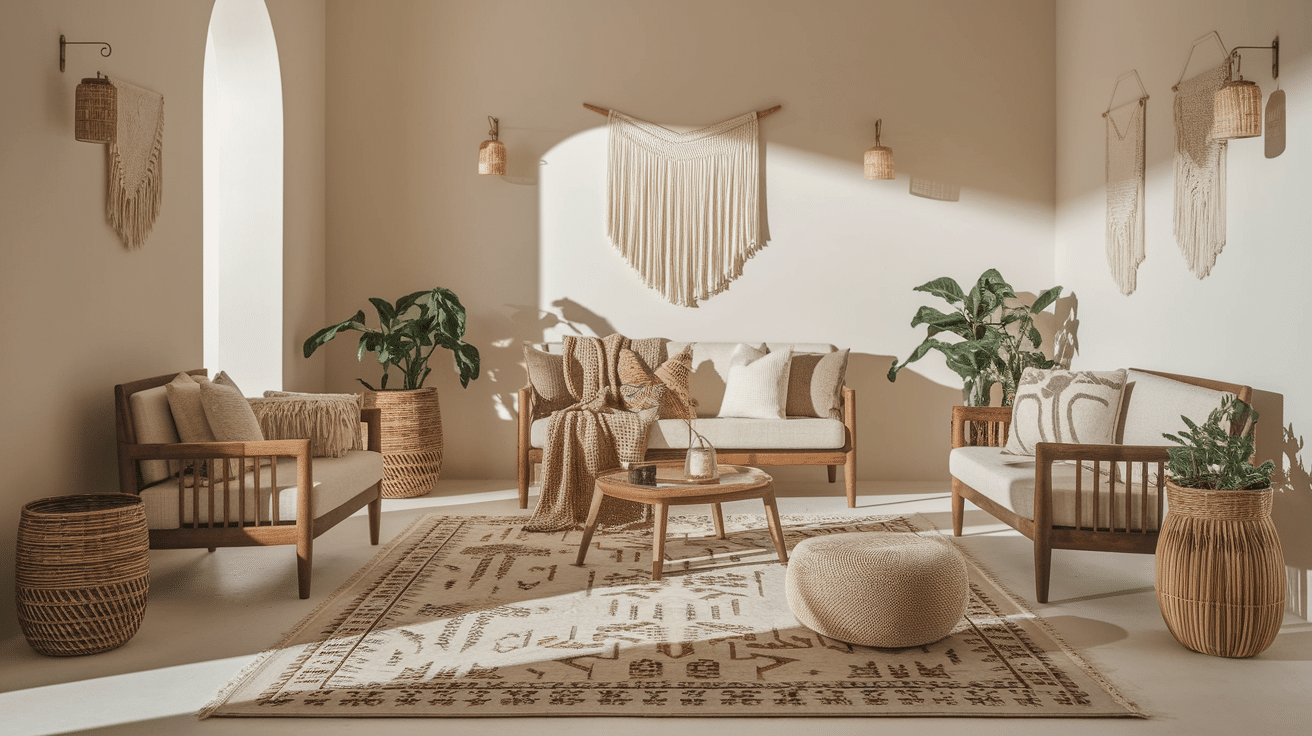
-
Natural and Artificial Light Assessment: South-facing rooms bring out warmth, and north-facing rooms highlight coolness. East-facing rooms look fresh in the morning, while west-facing rooms feel cozy in the afternoon. Use warm LEDs (2700K–3000K) for a soft glow or cooler bulbs (3500K–4000K) for a crisp, modern feel.
-
Layered Lighting Approach: Mix ceiling lights, sconces, and lamps for flexibility. Add dimmers to shift from energizing brightness to soft relaxation.
-
Strategic Placement: Place lights to avoid shadows and enhance consistency. Use mirrors or reflective surfaces to boost brightness and spread light evenly.
Matte, Satin or Semi-Gloss
| Finish Type | Appearance | Best For | Durability | Ease of Cleaning | Oxford White Effect |
|---|---|---|---|---|---|
| Matte | Soft, flat finish with no shine | Ceilings, low-traffic walls, and historic home restoration | Low – prone to scuffs and marks | Harder to clean, can stain easily | Oxford White in matte looks soft and powdery, giving a cozy and muted feel. |
| Satin | Slight sheen with a smooth texture | Living rooms, bedrooms, and hallways | Moderate – resists minor scratches | Easier to clean than matte, but not as wipeable as semi-gloss | Oxford White in satin has a gentle glow, adding subtle depth without being too reflective. |
| Semi-Gloss | Noticeable shine, reflects more light | Trim, doors, kitchen walls, and bathrooms | High–resists moisture, stains, and wear | Very easy to clean, great for high-traffic areas | Oxford White in semi-gloss looks crisp and bright, enhancing the reflective quality of the color. |
Sampling Oxford White The Right Way
Testing Oxford White properly helps you see how it will look in your space before painting entire rooms. Paint samples on different walls to see how the color changes with direction.
North-facing walls show cooler tones, while south-facing walls bring out warmth. The east and west walls display morning versus afternoon light effects.
- Use large sample squares (at least 2ft × 2ft) instead of small color chips. Bigger samples give a more accurate preview of the final result.
- Paint samples near your flooring, cabinets and furniture to check how these elements affect the white.
- Nearby colors can reflect onto white walls, changing how Oxford White appears.
- Check your samples at different times of day and with lights on and off. This shows how the color shifts throughout the day and prevents surprises after painting.
Decor that Goes with Oxford White
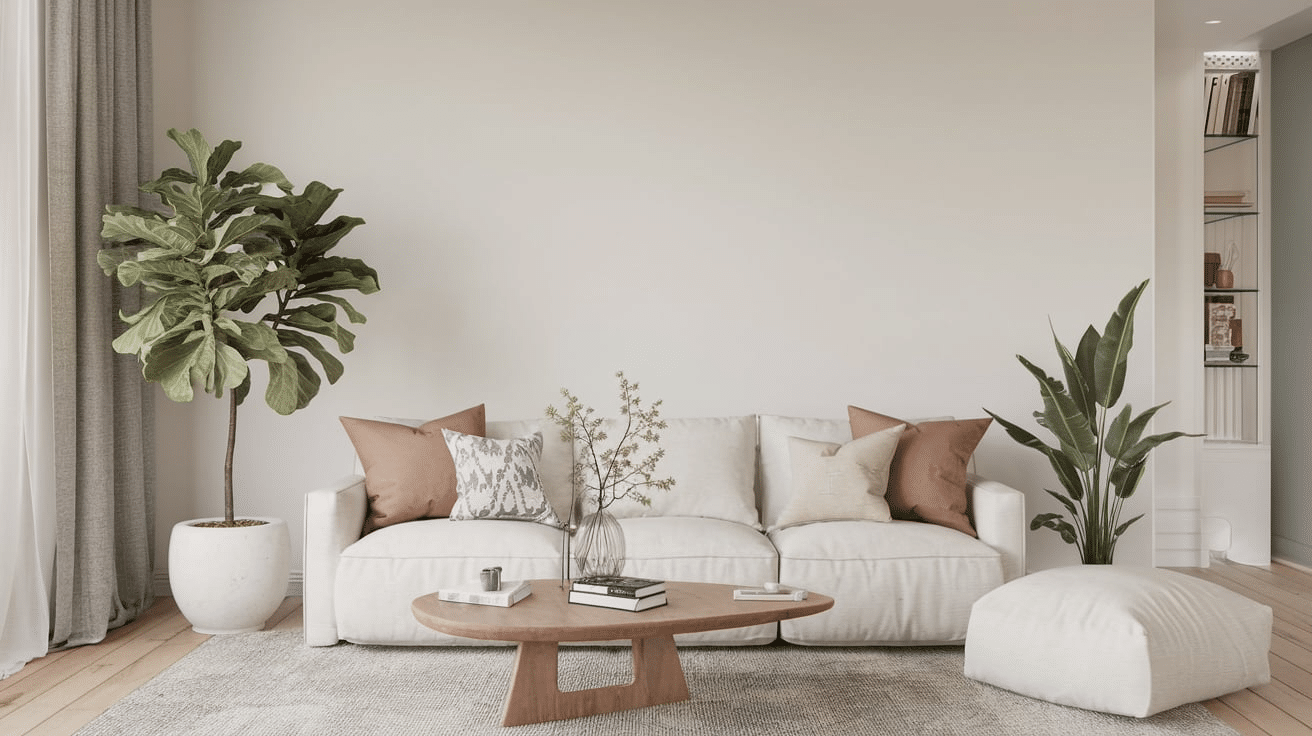
1. Versatile Foundation
Oxford White walls create a versatile backdrop that pairs beautifully with various decor styles.
This adaptable shade works with both traditional and modern elements, making it easy to update your space over time.
2. Natural Materials
Natural materials complement Oxford White exceptionally well. Wood furniture, in any finish—from light oak to dark walnut, stands out against these walls while adding warmth.
Stone, rattan, jute, and linen textiles bring texture that prevents the space from feeling flat.
3. Color Pairings
Color accents pop against Oxford White without clashing.
Navy blue, emerald green, and charcoal gray create sophisticated contrast, while softer hues like blush pink, sage green, and powder blue maintain a serene atmosphere.
Black accents add a dramatic definition that anchors the space.
4. Metal Finishes
Metal finishes of all types work harmoniously with Oxford White.
Brass and gold add warmth, while chrome and nickel introduce cool, contemporary elements.
Mixing metal finishes creates depth without overwhelming the clean backdrop.
5. Artwork Display
Statement art pieces shine against Oxford White walls.
The neutral background allows colorful artwork to become the focal point, while black and white photography gains sophistication against this clean canvas.
Colors that Compliment Oxford White
- Rich Blues: Deep navy and royal blue tones create stunning contrast against Oxford White walls. These blues add depth and sophistication without overwhelming the space. Whether used in furniture, accent walls, or decorative pieces, blues bring a calming presence while highlighting the crispness of Oxford White.
- Earthy Greens: Sage, olive, and emerald green shades pair naturally with Oxford White. These nature-inspired colors add life and freshness to rooms while maintaining a sophisticated look. Green elements through plants, textiles, or furniture pieces create a balanced, organic feeling against the clean white backdrop.
- Warm Neutrals: Camel, taupe, and warm gray tones complement Oxford White by adding warmth without competing for attention. These neutrals create a layered, sophisticated look while keeping spaces feeling open and bright. These combinations work particularly well in minimalist or Scandinavian-inspired interiors.
- Bold Accents: Black, charcoal, and deep burgundy create dramatic focal points against Oxford White. These strong colors provide anchoring elements that prevent all-white spaces from feeling too ethereal. Even small touches of these colors through frames, hardware, or accessories make a significant impact.
- Soft Pastels: Blush pink, powder blue and pale lavender add gentle color that maintains the airy quality of Oxford White rooms. These subtle colors create serene, dreamy spaces that feel both contemporary and timeless. Pastels work especially well in bedrooms and relaxation spaces.
Common Mistakes to Avoid
| Tip | Insight |
|---|---|
| Ignoring Lighting | Oxford White shifts in appearance with lighting—test it in various conditions. |
| Skipping Prep Work | Imperfections show easily—clean, patch, sand, and prime before painting. |
| Wrong Finish Choice | Avoid overly glossy or flat; semi-gloss works well, especially in kitchens/baths. |
| Matching Wall & Trim | Use a brighter white for trim to add depth and contrast. |
| Overdoing Dark Contrast | Pair with medium tones to avoid a harsh or jarring look. |
Conclusion
Oxford White stands as one of the most useful paint colors available today. Its clean brightness works in any room, from kitchens to bedrooms, and pairs well with both modern and traditional decor styles.
Homeowners who choose Oxford White often find it creates a perfect backdrop for artwork, furniture, and accent pieces.
The color changes with different lighting conditions throughout the day, maintaining its crisp appearance.
Professional designers continue to recommend Oxford White for its ability to make spaces feel larger and more open.
With proper application techniques and quality paint, this classic shade remains a popular option for those seeking a timeless look that never goes out of style.


